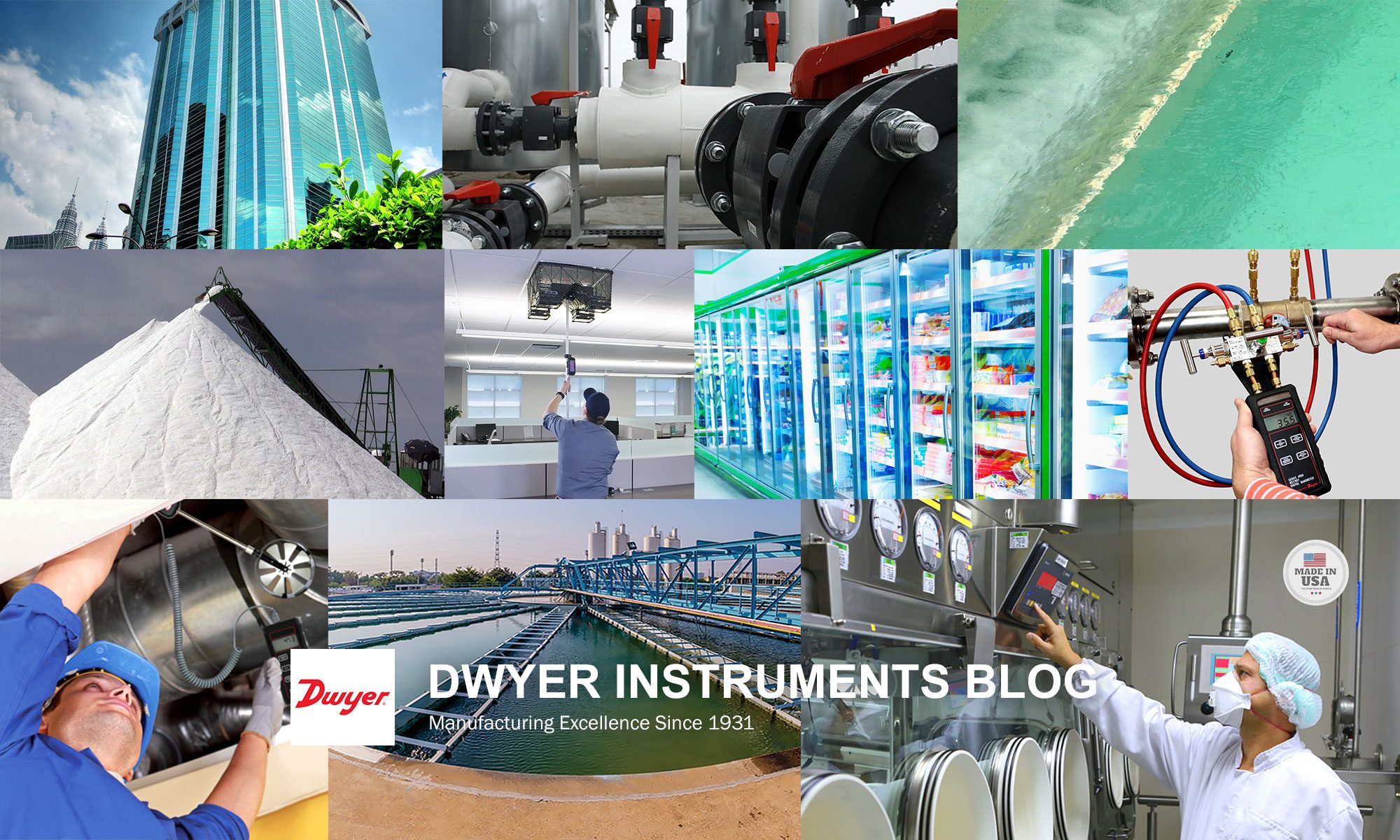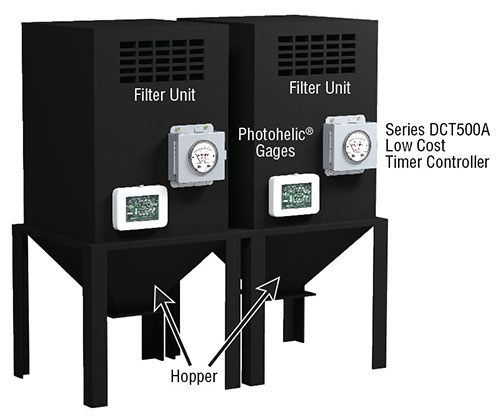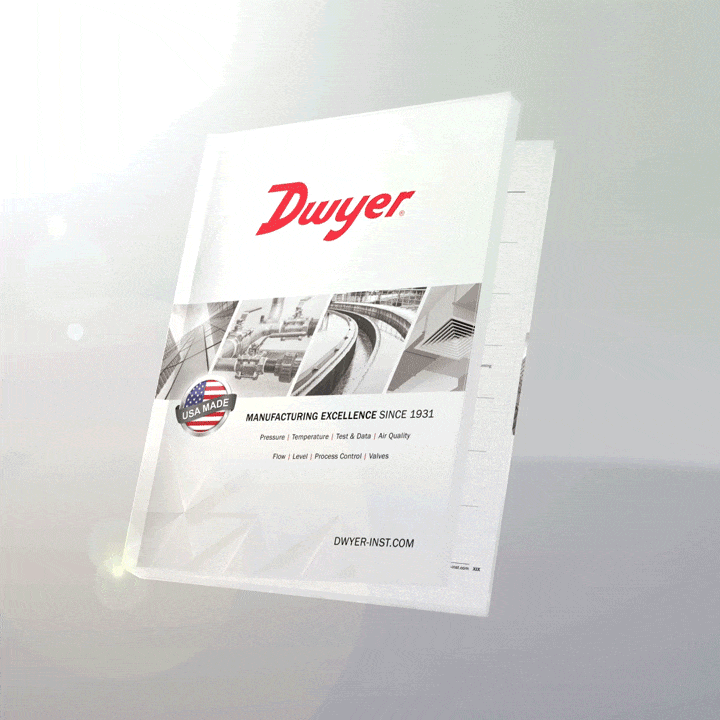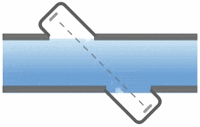 Ultrasonic flowmeters use sound waves to determine the velocity of a fluid flowing in a pipe. At no flow conditions, the frequencies of an ultrasonic wave transmitted into a pipe and its reflections from the fluid are the same. Under flowing conditions, the frequency of the reflected wave is different due to the Doppler effect. When the fluid moves faster, the frequency shift increases linearly. The transmitter processes signals from the transmitted wave and its reflections to determine the flow rate. Continue reading “How Ultrasonic Flowmeters Work”
Ultrasonic flowmeters use sound waves to determine the velocity of a fluid flowing in a pipe. At no flow conditions, the frequencies of an ultrasonic wave transmitted into a pipe and its reflections from the fluid are the same. Under flowing conditions, the frequency of the reflected wave is different due to the Doppler effect. When the fluid moves faster, the frequency shift increases linearly. The transmitter processes signals from the transmitted wave and its reflections to determine the flow rate. Continue reading “How Ultrasonic Flowmeters Work”
Dust Collector Timer Controllers
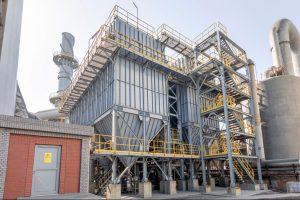 There are several different component parts that go into a dust collector for monitoring and control purposes. In this article, we are going to focus on timer boards. We will be comparing and contrasting a few of our timer boards, as well as discussing how we could help you to better protect your equipment in the most cost-effective manner. Continue reading “Dust Collector Timer Controllers”
There are several different component parts that go into a dust collector for monitoring and control purposes. In this article, we are going to focus on timer boards. We will be comparing and contrasting a few of our timer boards, as well as discussing how we could help you to better protect your equipment in the most cost-effective manner. Continue reading “Dust Collector Timer Controllers”
Rock & Roll with Belt Conveyor System Solutions
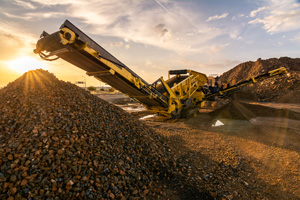 With one huge scoop, you grab the rock and stone in front of you, collecting it in the bucket of your front-end loader. You move forward, ready to dump the material into the load chute of the conveyor. Someone gives a shout, arms waving and signaling you to stop: “Hold up! We’ve got a jam.” The belt conveyor is down again for maintenance, and you’ve got some time on your hands; this could mean several hours of downtime for the team.
With one huge scoop, you grab the rock and stone in front of you, collecting it in the bucket of your front-end loader. You move forward, ready to dump the material into the load chute of the conveyor. Someone gives a shout, arms waving and signaling you to stop: “Hold up! We’ve got a jam.” The belt conveyor is down again for maintenance, and you’ve got some time on your hands; this could mean several hours of downtime for the team.
Hauling components is an important part of the production processes of varying industries including concrete, chemical, mining, wastewater treatment, and more. Within these bulk handling operations, belt conveyors are an economical way to transport materials of varying sizes. Continue reading “Rock & Roll with Belt Conveyor System Solutions”
Upcoming Trade Shows – Visit Us at World of Concrete and AHR Expo!
As we welcome the new year, we’re happy to announce our team will be attending two trade shows over the next few weeks: World of Concrete (January 17-19) and AHR Expo (February 6-8). Continue reading “Upcoming Trade Shows – Visit Us at World of Concrete and AHR Expo!”
The New Catalog is Available… Get Yours Today!
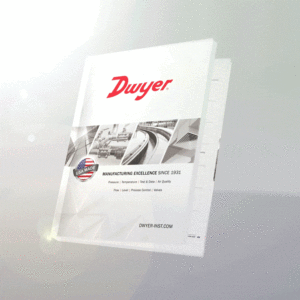 The summer is always a busy time for our team, as we check and double check the formatting and information of our annual instrumentation catalog. Now that autumn is here, we’re proud to announce that the new Dwyer Catalog is now available! Continue reading “The New Catalog is Available… Get Yours Today!”
The summer is always a busy time for our team, as we check and double check the formatting and information of our annual instrumentation catalog. Now that autumn is here, we’re proud to announce that the new Dwyer Catalog is now available! Continue reading “The New Catalog is Available… Get Yours Today!”
